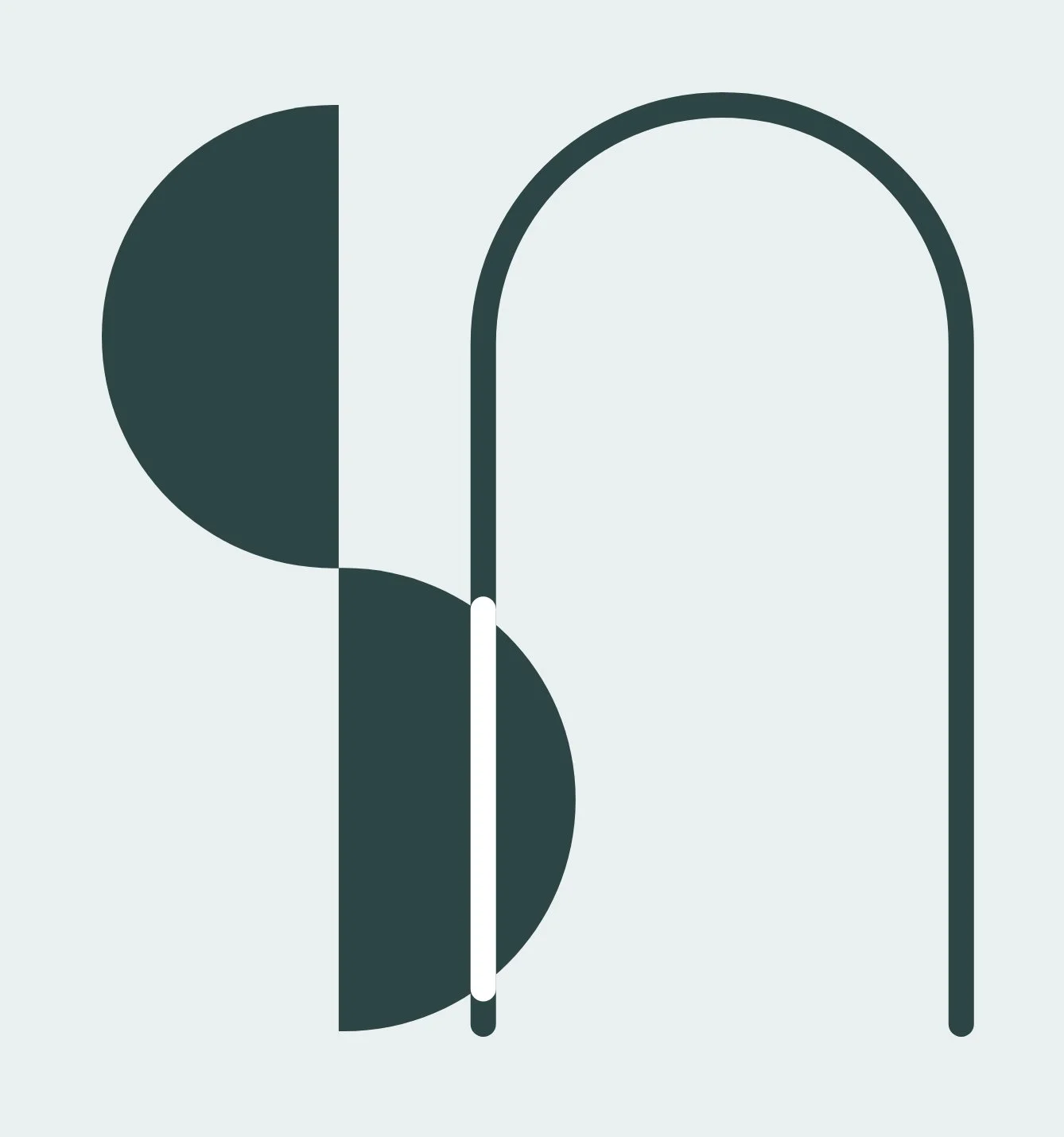Being a parent is a full time job. One not everyone is prepared for
Fathers & Families Support Center: Website Redesign
the challenge
Those parents who have been absent from their children’s lives (either because they don’t know how to raise a family or because they don’t know how to get the resources to support one) turn to FFSC’s training programs to learn how to be the heroes their children deserve.
Last redesigned in 2016, the Fathers and Families website was struggling to help parents understand the process and expectations needed to be comfortable enough to commit themselves to the program. Or at least reach out to FFSC to find out more. So they turned to my team at OBP Agency for help.
My Contribution
Site Audit | Stakeholder Interviews | Personas | Sitemap Redesign | Style Guide | Wireframes | Designs | Prototypes | QA
Strategy
SITE AUDIT
We started with an audit of the 2016 site to get a deeper understanding about what FFSC does, what challenges it might be creating for parents, and to determine what questions should be asked in our stakeholder and user interviews. We found that the site was not made to prioritize the needs of parents who want to learn more about FFSC’s training programs and access its vital resources. And instead that its primary audience was potential donors.
STAKEHOLDER INTERVIEWS
Conducting stakeholder interviews with Father’s & Families’ C-Suite brought both insights and challenges. We quickly found the reason why the site was so donor focused. Their fundraising exec was adamant about ensuring that donors had ample opportunity to know how they could provide support. And was against design changes that made the donor a secondary audience. Our overall findings of stakeholders needs for the site follow:

“We need more of a focus on what we do. Less of a focus on fundraising.”
“We don’t show off how good we are. Our expertise. Our impact.”
“It has been difficult to communicate how our services work and how participants can gain access to them.”
The next steps included (1) interviewing parents that had participated or were currently participating in one of Fathers and Families’ training programs and (2) accessing it’s Google Analytics data. Though stakeholders shared that they would help connect us to parent participants as well as their GA platform when we asked them, we never received access to either. We sought to make up for the lack of access to real parent participants by basing persona’s off of stories about participant experiences that were available on the old site. These stories shared participants’ ages, ethnicities, backgrounds, why they decided to exit and then re-enter their children’s lives, and how FFSC helped them do it.
RESEARCH CHALLENGES & PERSONAS
UX Design
As we transitioned from designing the sitemap, to the content hierarchy for each webpage, to the wires we focused on highlighting what impact each service has had for parents on the micro level and highlighting statistics about each service’s overall success. We used tabs, accordions, and filters to make FFSC’s service offerings more understandable and digestible. And we were careful to clarify how each service worked, to help decrease user confusion about what offerings they could access and how.
CONTENT HIERARCHY & POSITIONING
Our Services
Success Stories
Acknowledging that “success stories” would be as relatable to potential participants as they were helpful to our site build, and serve FFSC’s interest in being positioned as an expert in its field, we gave them more prominence in the main nav and across the site.
Homepage Wireframe
UI Design
Concepting
A member of our creative team completed two concepts for the client to choose from. I optimized the concept the client chose for web and completed the high fidelity designs for the remainder of the pages on the site based on the chosen and optimized concept.
Design Challenges
Unfortunately, there were several challenges here. First, the concept that was chosen seemed uninspired. Therefore, there wasn’t much of a creative foundation from which to build the rest of the pages on the site. Second, one of the core colors used for the design, the yellow, was deemed by a higher up to be only meant for components of great emphasis on the site. Third, the client had never seen value in investing in the development of a brand guide - so the colors available for use that had been already approved by the client for the design were not optimized for the web. I wish I could say that despite all that, I came up with a design that I am proud of. But I can’t.
Homepage Design
Lessons & Opportunities for Improvement
Opportunities for Improvement
I tend not to regret my choices because they are all learning opportunities. But if I had the chance to do this project again- I would have tried to work more closely with the creative whose concept had originally been approved to see what additions could be made in the designs that complimented her original idea. I would do this rather than taking the higher up at their word that the concept designer intended to only have yellow used where it could emphasize important content.
Lessons
The greatest lesson I learned from this project is that my passion for UX is even greater when I am doing design work for organizations that make the world a better place. Therefore, I am eternally grateful for the opportunity.
Project Team
Group Technology Director
Jason Wynne
Account Manager
Chris Kull
Project Manager
Ross Houser
Developer
Jared McMorris
Strategist
Jocelyn Howell
QA
Haley Hudson
UX UI Designer
Saameri Anderson
UX UI Designer
Jessica Bellatti
Saameri Anderson
(202) 904 - 9865 saameri.anderson@gmail.com







